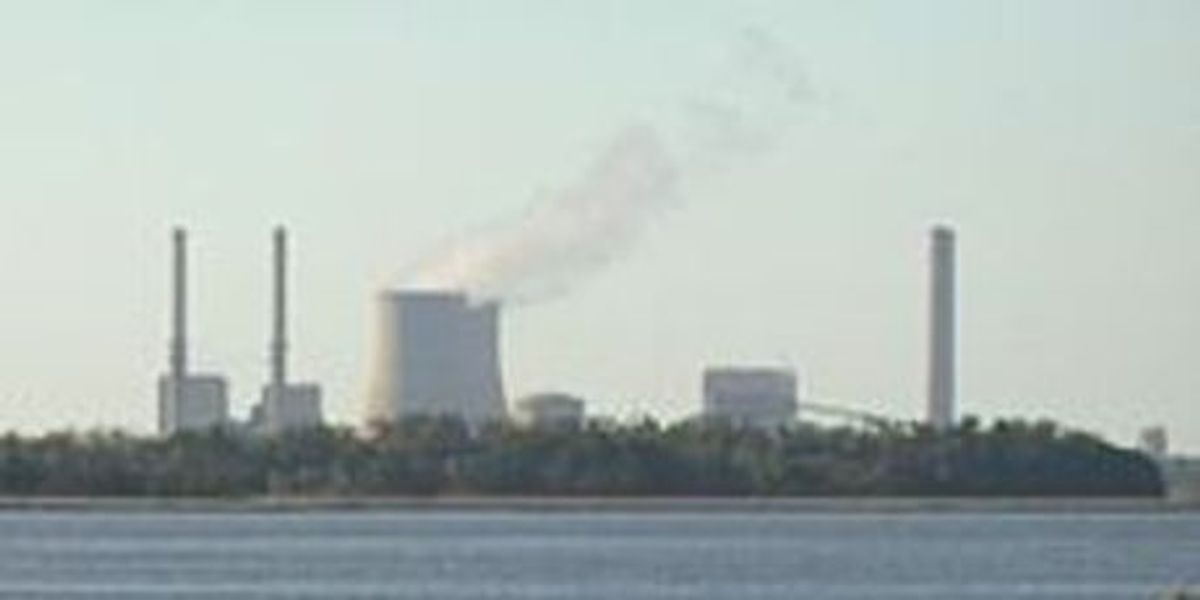In the wake of the Duke-Progress merger, which has shaken the image and reputation of CEO Jim Rogers, attention is shifting to how prospects for a nuclear renaissance in the southeastern United States may be affected.
The merger creating the nation's largest electricity utility combined companies that are long on baseload generation capacity, consisting in the case of Progress mainly of coal and nuclear and in the case of Duke, coal and hydro-power. Because that capacity is largely built and paid for, the companies, centered in the Carolinas, have been delivering some of the nation's cheapest electricity, in the vicinity of 4-6 cents per kilowatthour. (This partly accounts for why Facebook, Apple, Google, Wipro, Disney, and AT&T, among others, have all been building data centers within one sliver of North Carolina.) The market heft of the consolidated Duke, headquartered in Charlotte, N.C., and the inexpensiveness of the electricity it provides, gives it the leeway to determine the future of several contested nuclear power projects.
The manner in which the merger was executed, and its background, may however somewhat limit CEO Jim Rogers's freedom of action. Up until the day the merger was finalized, the expectation and understanding had been that Progress's CEO Bill Johnson, not Duke's Rogers, was to manage the new mega-company. But then, in a boardroom coup that left directors, investors and regulators scratching their heads, Progress's leader was deposed and Rogers installed in his place. Rogers was immediately summoned to account for what happened to North Carolina regulators.
One issue on which Rogers and Johnson were known to differ was how to proceed with Unit 3 of the Crystal River Nuclear Power plant, a Progress facility located on the Florida's Gulf coast well north of Tampa (photo, above). That plant has been out of service for several years, following damage to its concrete outer containment vessel incurred when new steam generators were being installed. Johnson was determined to proceed with expensive repairs and get the plant back into operation, while Rogers took a more skeptical view.
The combined company operates six nuclear power plants with twelve reactors in the Carolinas and Florida, and it has plans to build three more plants and six reactors. (Progress had plans on the books to build a plant in Florida and another one in North Carolina, and Duke planned one in South Carolina.) Not long before the merger of Progress and Duke, Johnson said, "Our size and scale, once combined, position us well for nuclear generation." Immediately following the merger and Johnson's ouster as CEO, Rogers told regulators that concern about the cost of fixing Crystal River was a consideration. ""We had expressed clearly to them that we really needed, as a new board, to consider whether to retire or replace," Rogers said.
On the face of it, the ouster of Johnson and the installation of Rogers would seem to signal that the company's board has opted to tilt against nuclear. But before you put any money on that bet, remember that Rogers styles himself as a kind of energy statesman, and that statesmen not infrequently do the exact opposite of what they say or imply they will do when campaigning for office. For those willing to absorb a conference fee, an opportunity to assess the situation in the Carolinas will come up in October, when the Fourth Annual Nuclear Construction Summit takes place in Charlotte. By then, the situation at Duke should have settled down some, and it may be clearer where Rogers is headed.



